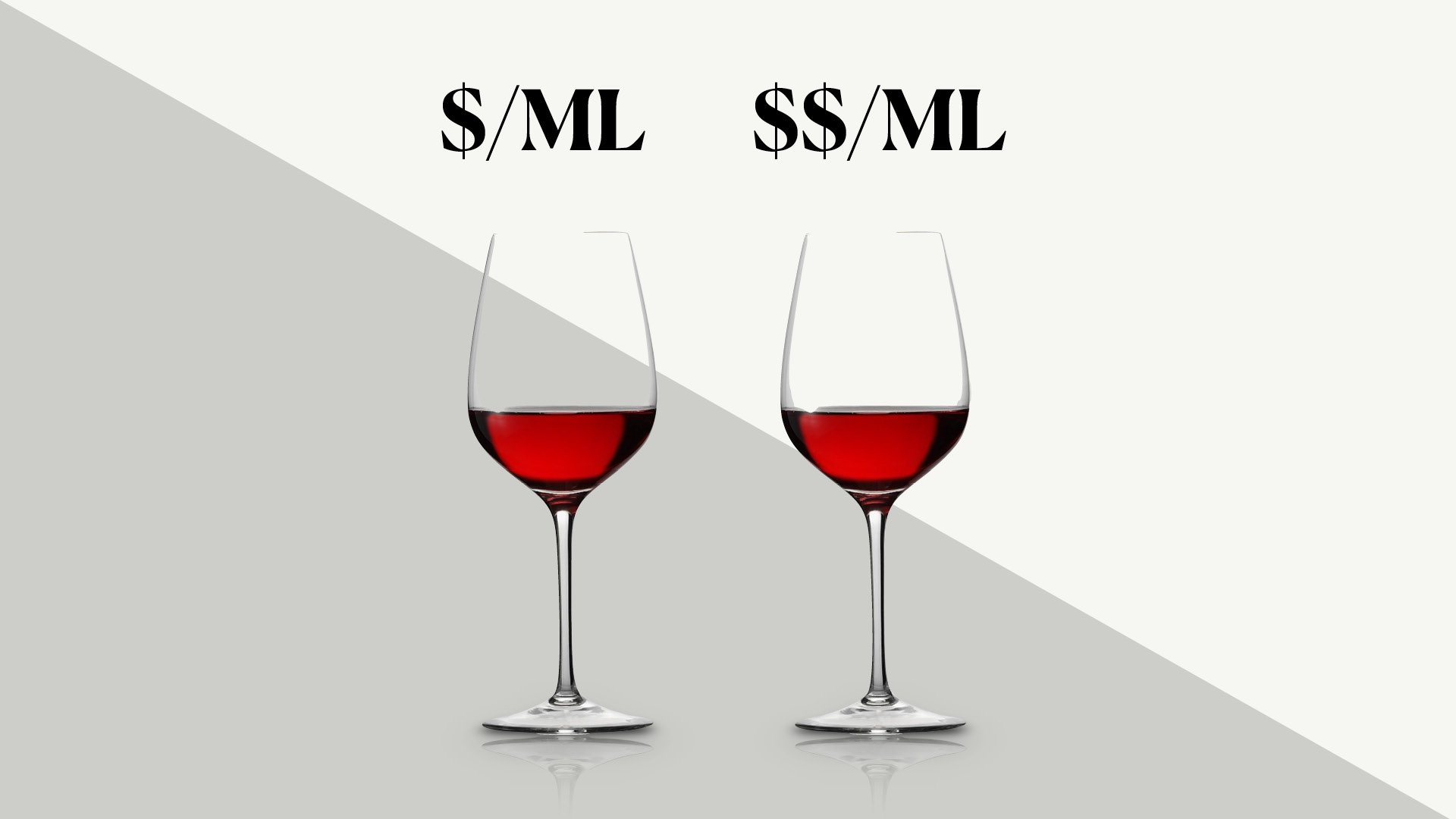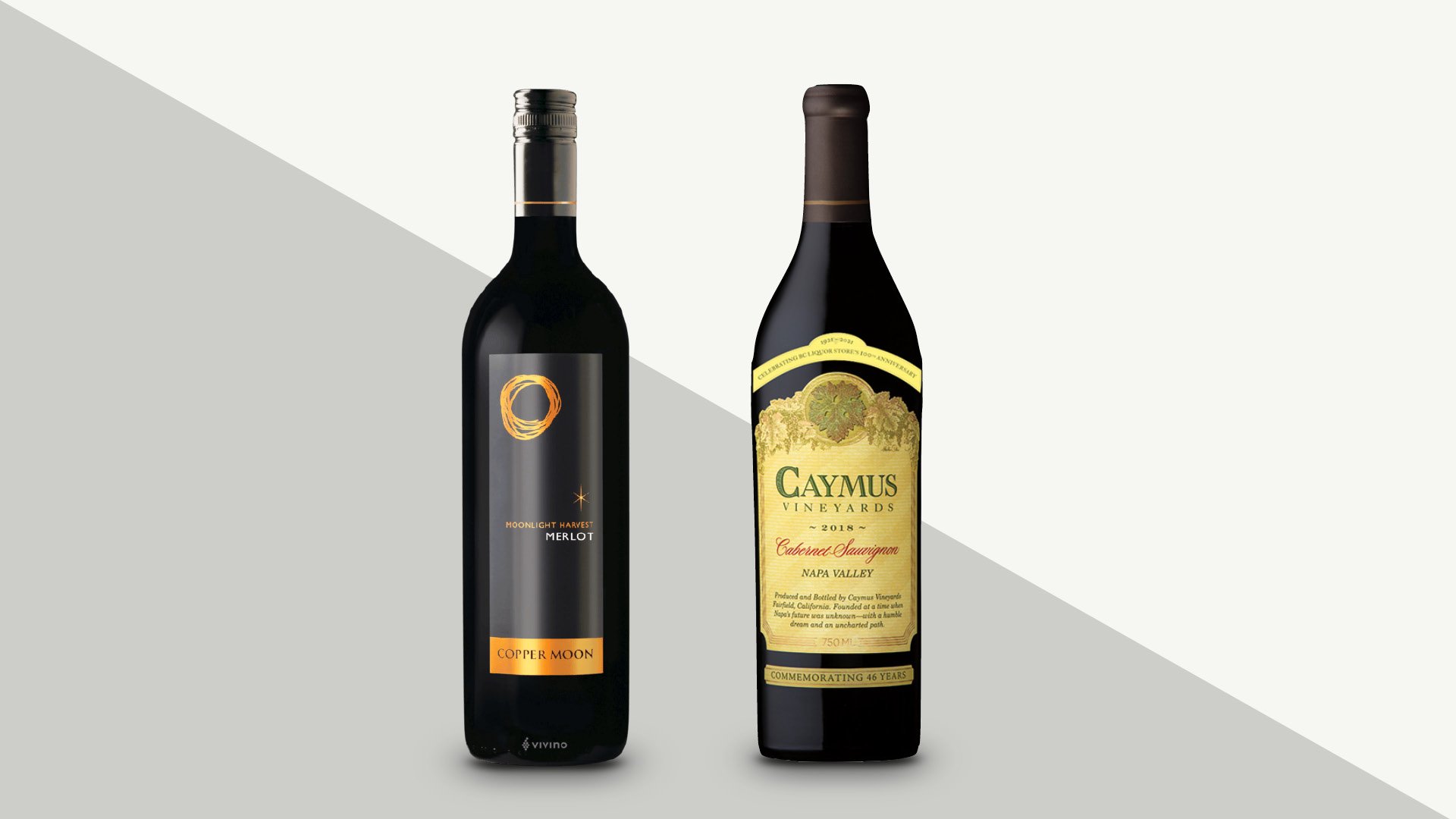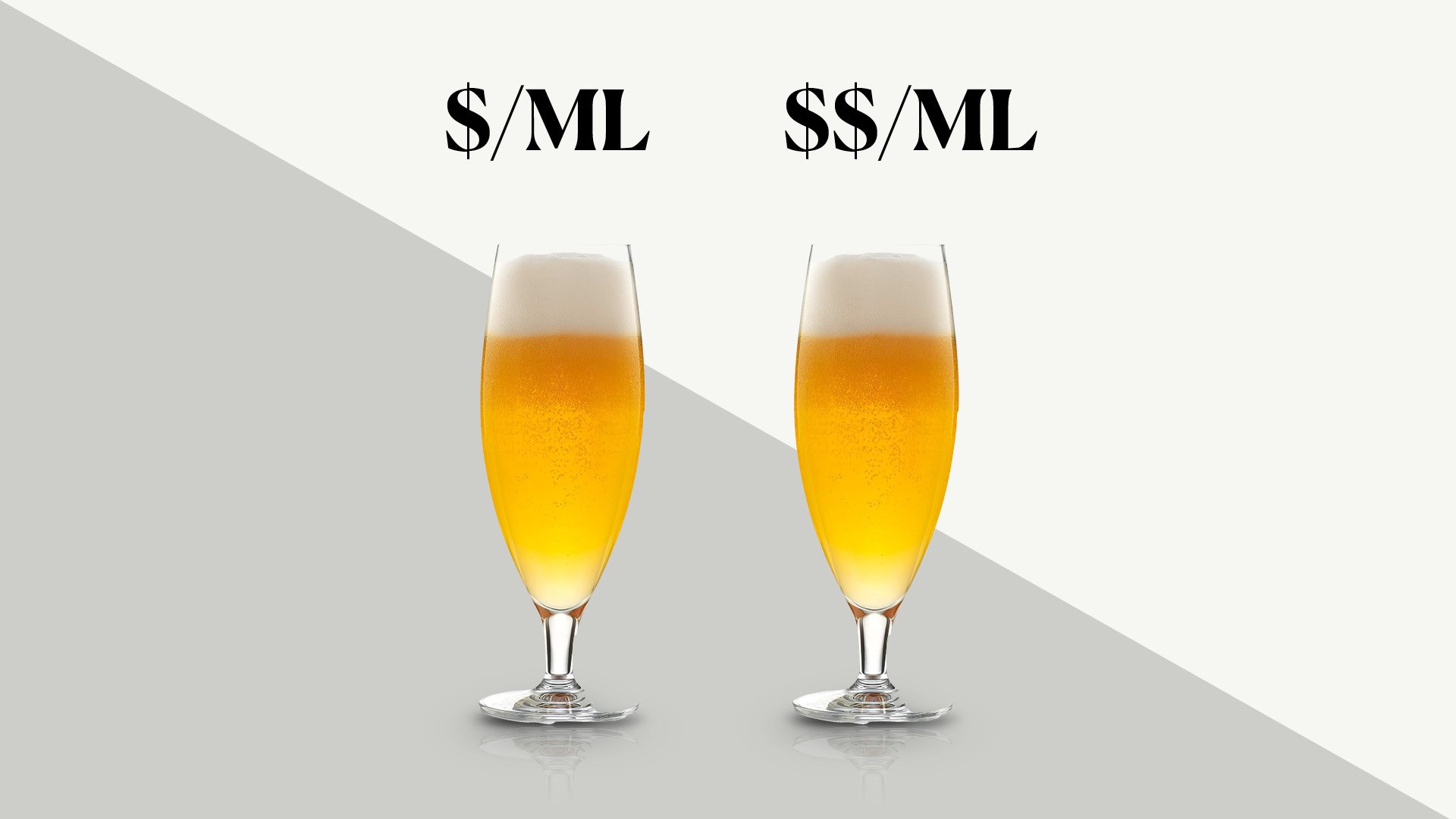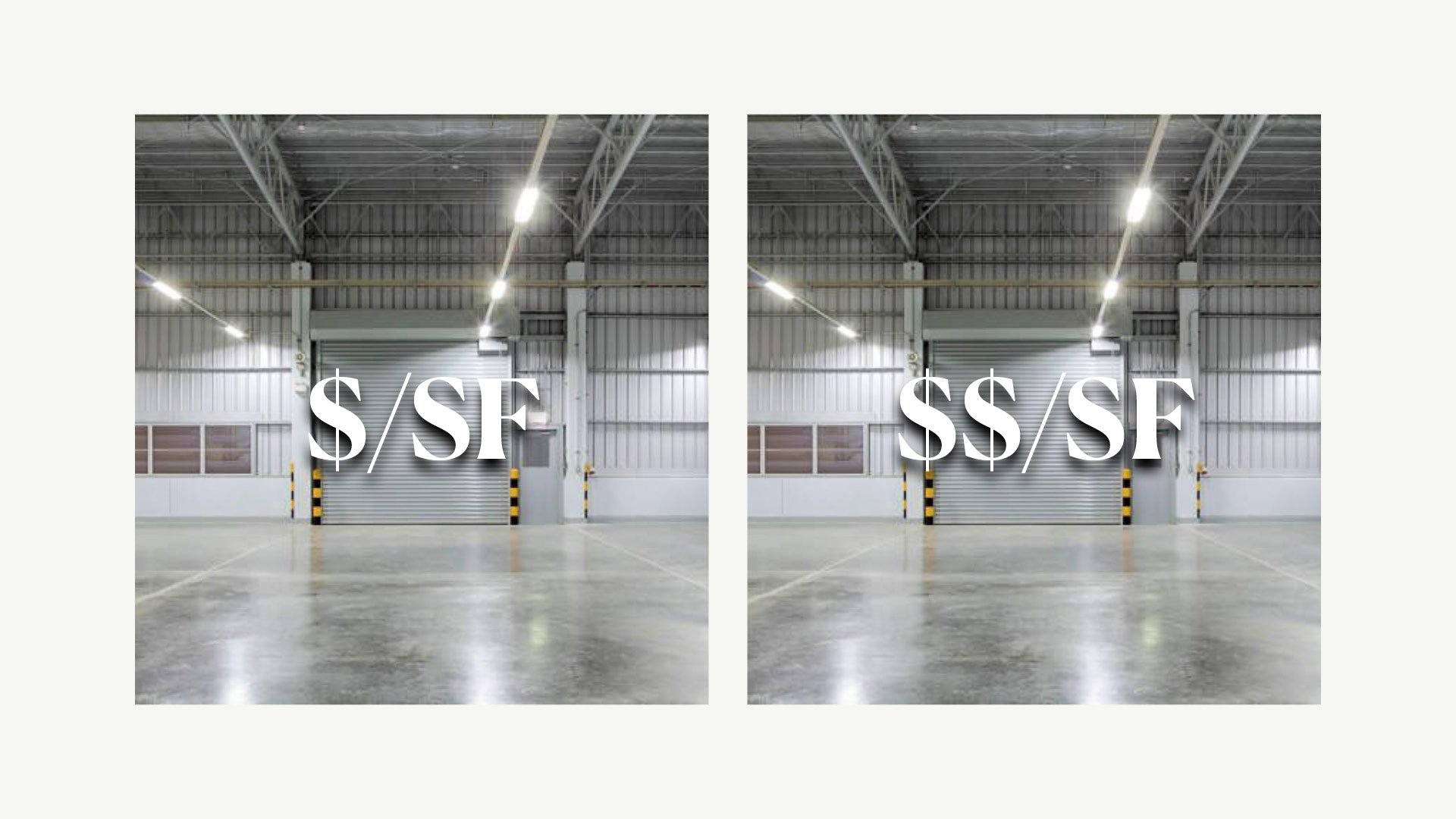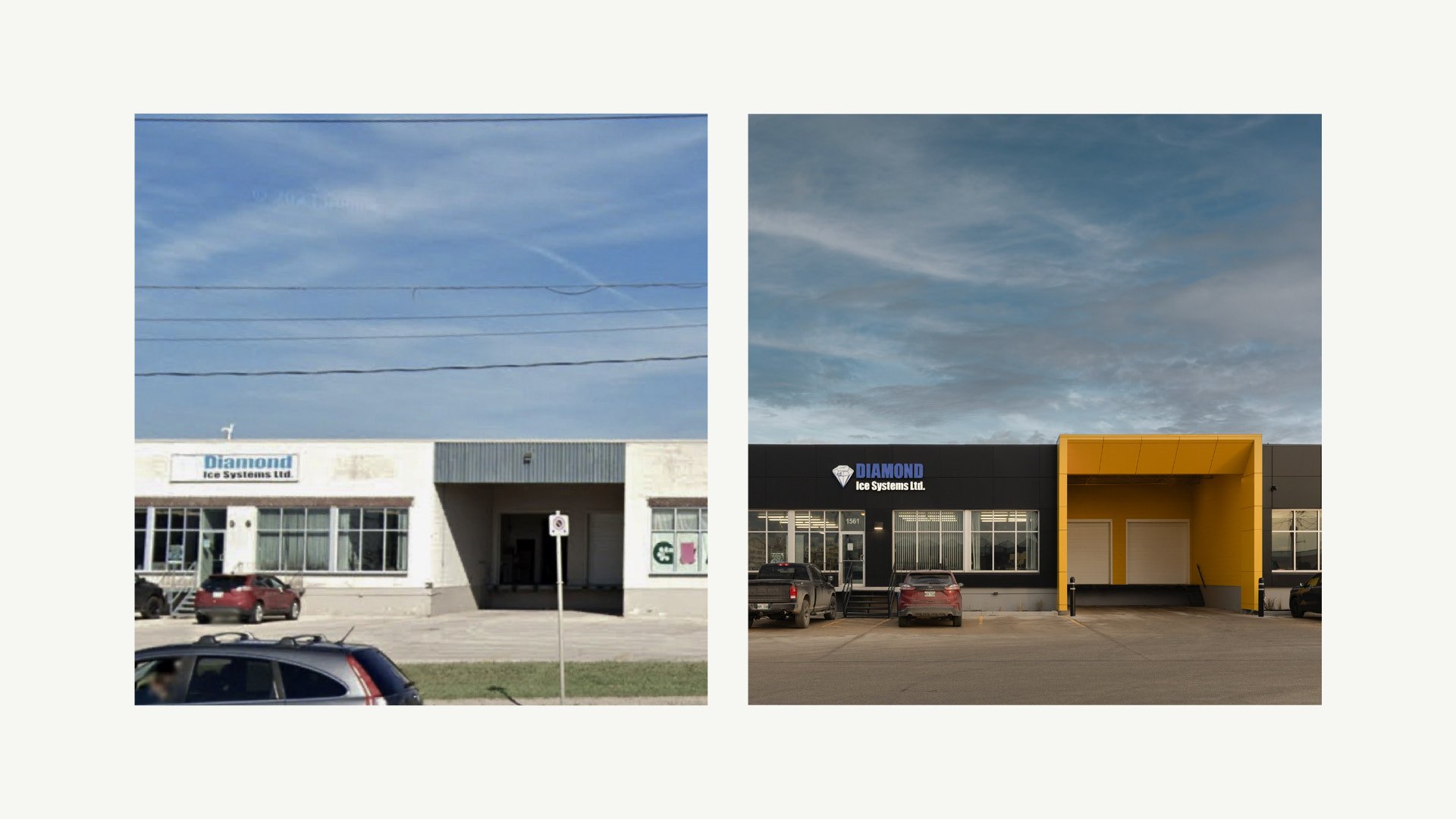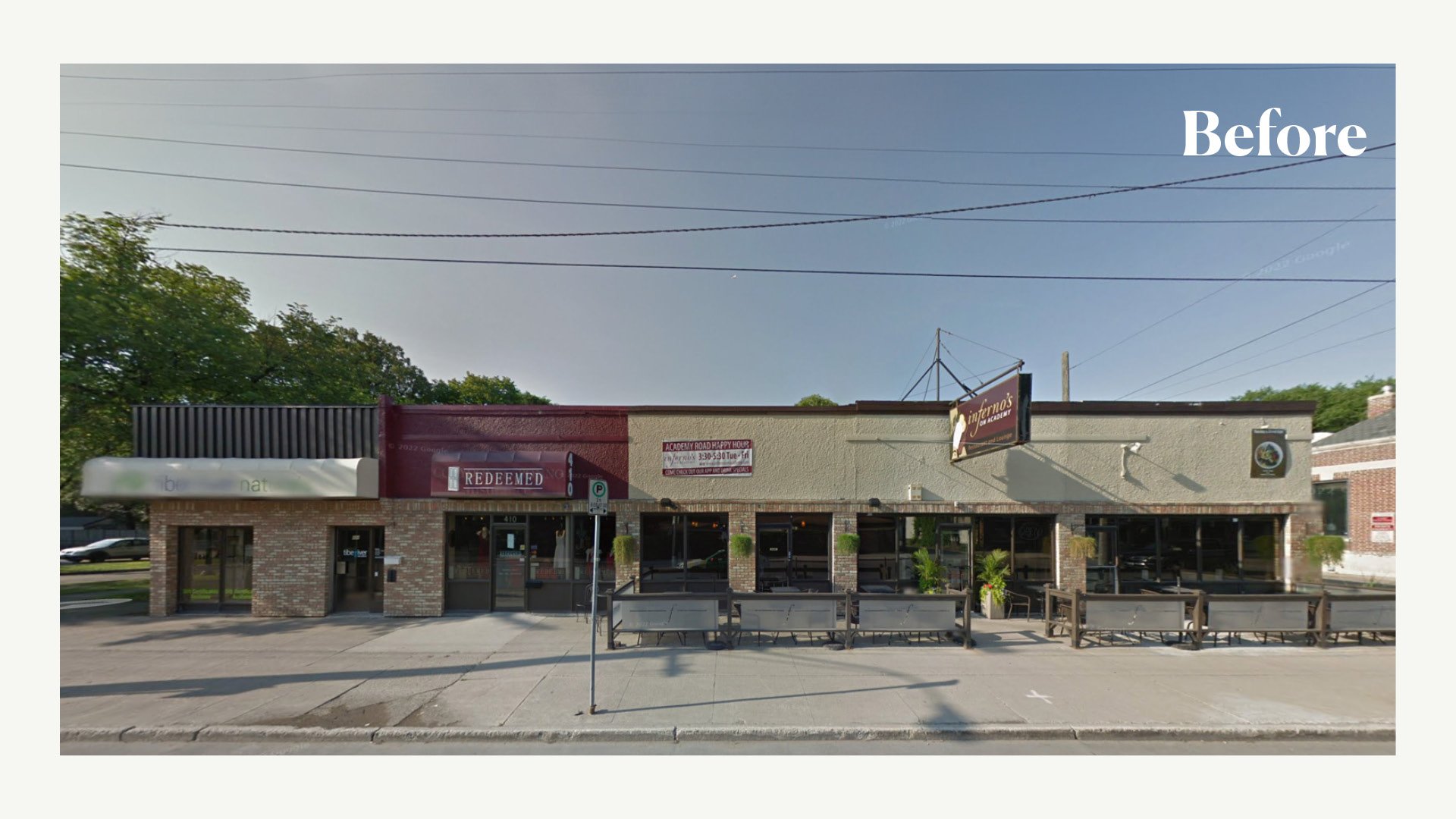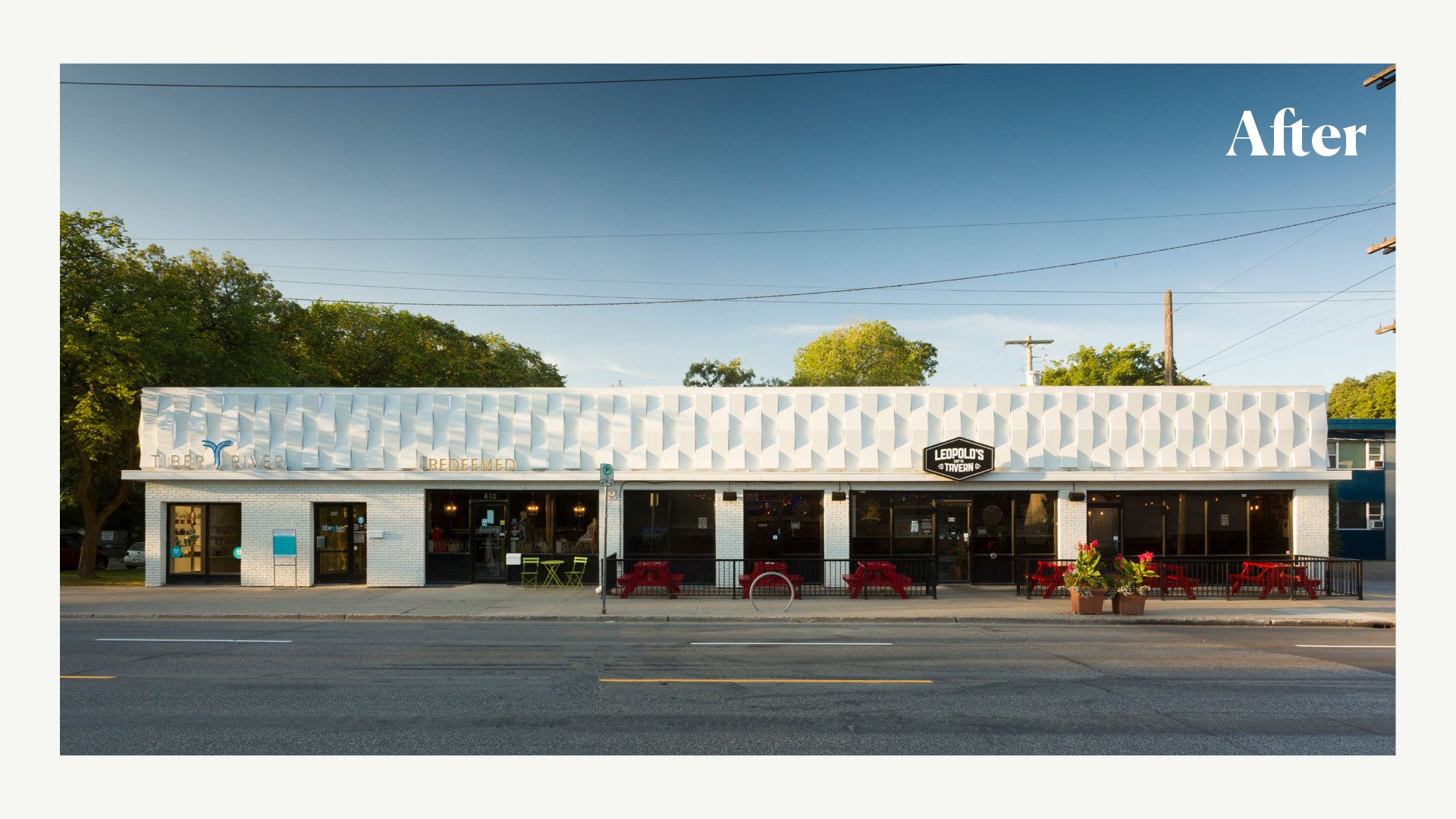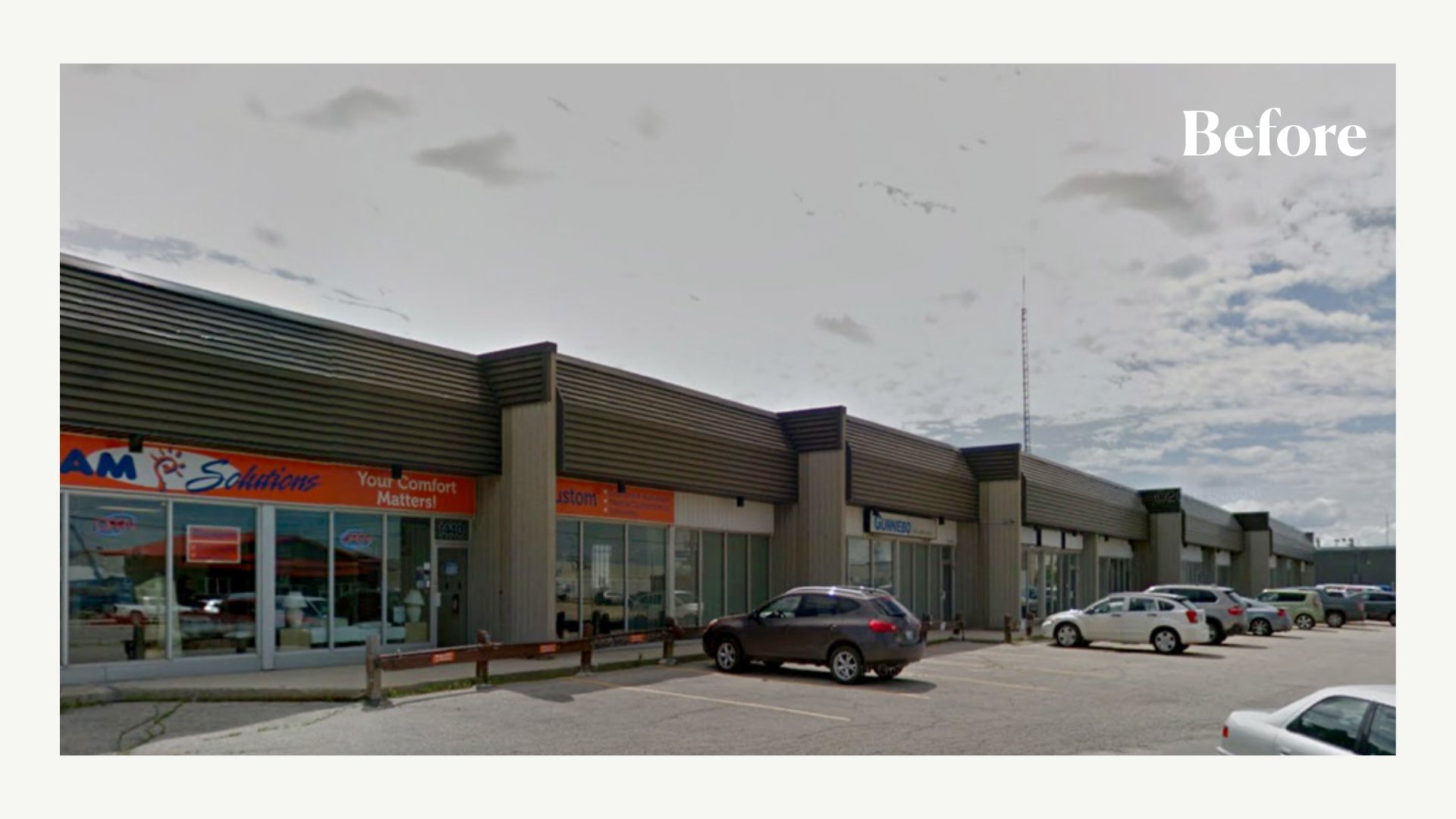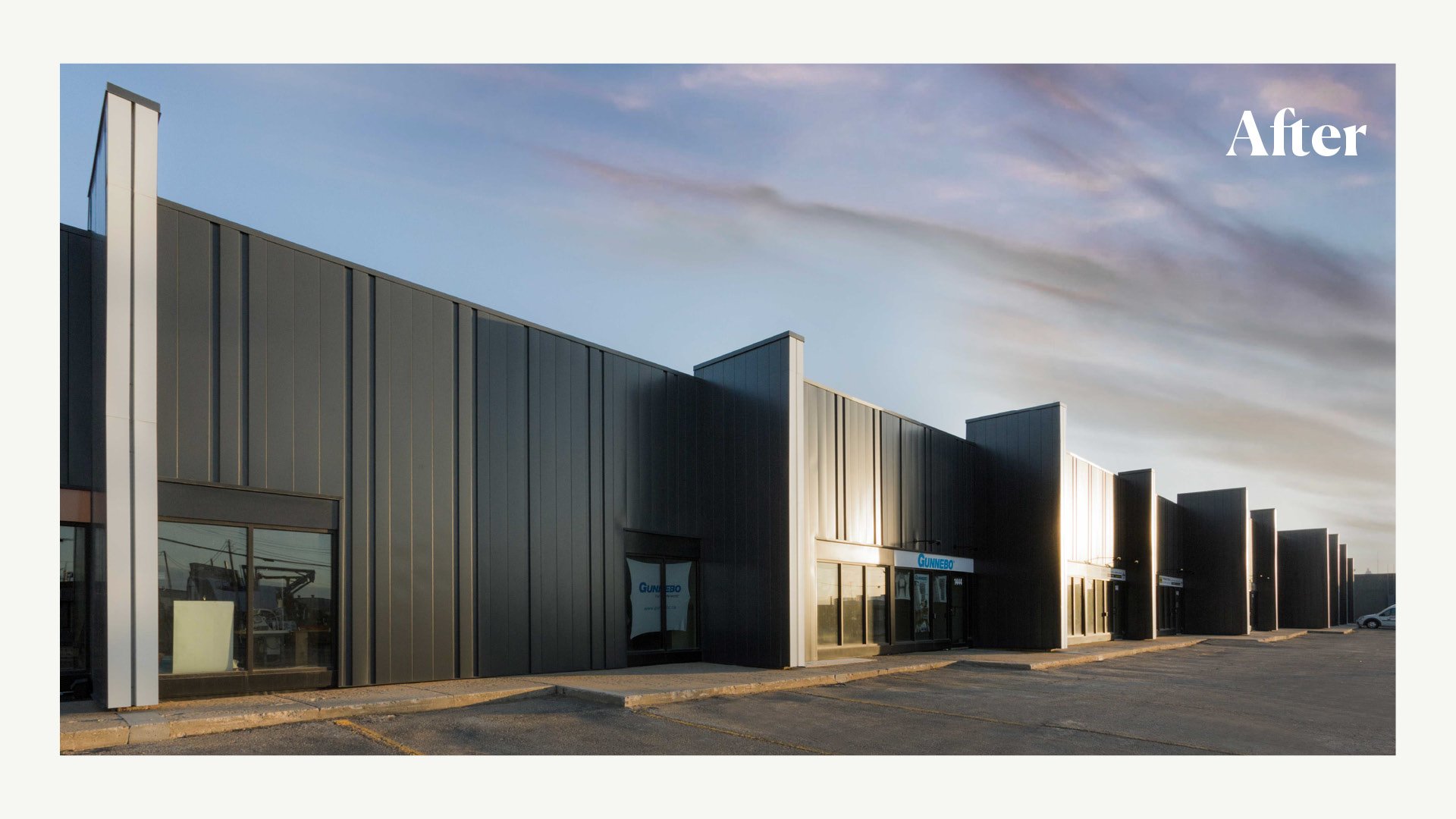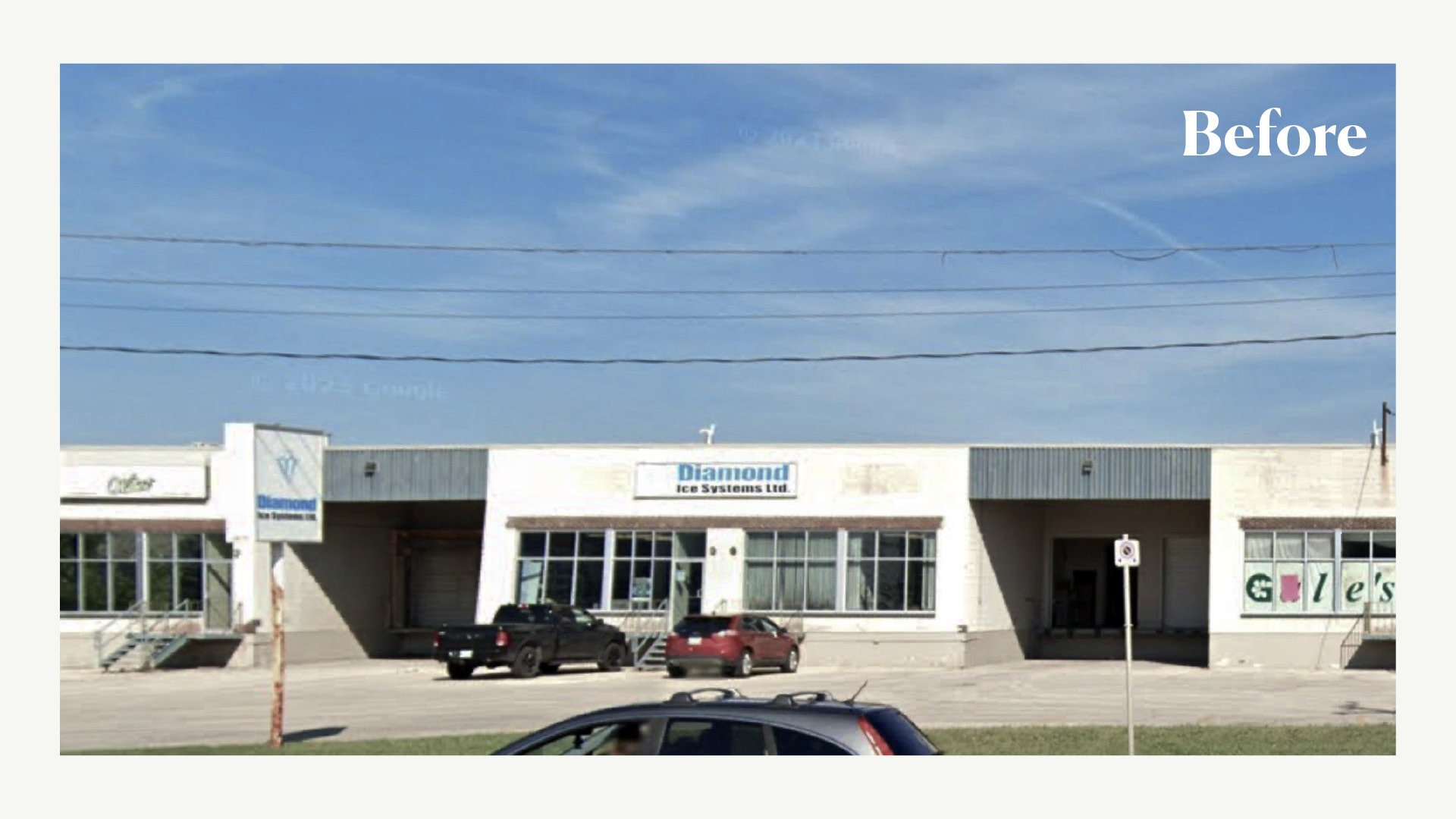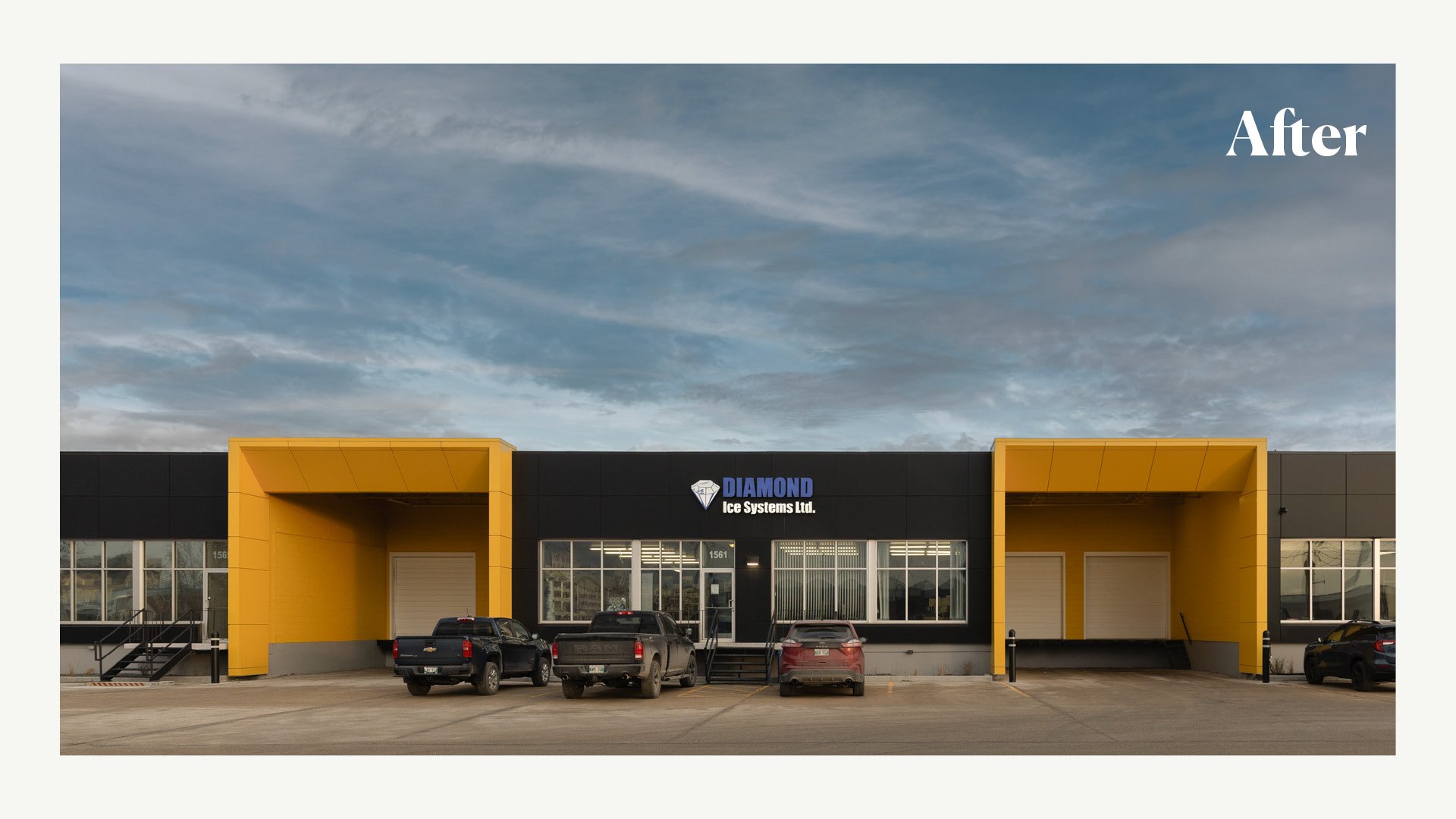The Power of Perception: Understanding Its Impact in Design and Construction
The allure of beauty is pervasive in our lives, influencing everything from personal style to interior decor. Yet, the extent to which aesthetics impact the rentability and average rental rates per square foot ($/SF) of a property is often underestimated in the real estate industry. This article aims to explore the profound connection between aesthetics and financial performance in the real estate market, using a combination of empirical evidence and practical insights.
The Benefit of Beauty in Exterior Renovations
In the realm of design and construction, the power of perception plays a crucial role in shaping outcomes. From initial concept development to the final touches of a project, how things are perceived can significantly influence decisions and overall success. Understanding and leveraging the power of perception can lead to more successful projects and satisfied clients in the competitive world of construction and design.
Let’s play a game!
To illustrate the economic impact of aesthetics, let's engage in a thought experiment: the "Pick the More Expensive Item" game. By comparing visually similar items of different price points, we can discern how packaging and presentation influence perceived value. Change images to see if you’re able to guess the cost based on the nondescript images vs. the ones with labels.
Learnings:
Humans are finely tuned to highly value beauty We willingly pay more for it. See end of article for references.
The Four Pillars of Aesthetic Enhancement:
Building upon the premise that well-executed exteriors increase revenues, we delve into the four key criteria for maximizing the economic impact of aesthetics in real estate:
Timing: Strategic renovations should coincide with pending vacancies or large lease renewals to capitalize on market opportunities and optimize returns. Effective planning and execution are essential for maximizing the impact of renovations within a given timeframe.
Good Design: Aesthetic enhancements should be guided by a balance of vision and client needs, emphasizing the importance of hiring experienced professionals with a keen understanding of design principles. By crafting an experience tailored to the end-user, renovations can add long-term value to the property.
Appropriate Materials: Selecting durable and visually appealing materials is crucial for conveying quality and longevity. Considerations such as long-term durability and communication of project quality should inform material choices to align with the property's brand and image.
Attention to Detail: Just as the quality of ingredients defines the taste of wine or beer, the craftsmanship and attention to detail in building renovations speak volumes about property quality. From signage to landscape design, every aspect of the property should be meticulously considered to create a favorable first impression and convey value to potential tenants or buyers.
The Benefit of Beauty, in summary
The economic impact of aesthetics in real estate cannot be understated. By strategically leveraging design principles and attention to detail, property owners and managers can enhance the perceived value of their assets, leading to improved rentability and rental rates. In the competitive landscape of commercial real estate, aesthetics play a crucial role in shaping consumer perceptions and driving profitability.
—DM
Want to Want to talk to us about your building Exterior?
Scientific Insights:
Wine Study: Conducted by Frederic Brochet in the late 1990s. Brochet's research, published in the Journal of Wine Economics in 2001, involved serving the same wine to participants in two different bottles – one labeled as a cheap table wine and the other as an expensive Bordeaux. Despite the identical contents, participants consistently rated the wine labeled as the expensive Bordeaux more favorably, highlighting the significant impact of labeling and price perception on perceived taste and preference.
Beer Study: Conducted by Johan Almenberg and Anna Dreber at the Stockholm School of Economics. Their research, published in the Proceedings of the National Academy of Sciences in 2011, used a blind taste test to demonstrate that participants often couldn't distinguish between various beers and actually preferred the taste of a cheaper beer when they believed it to be more expensive due to deceptive labeling. This study shed light on the powerful influence of branding and marketing on consumer perceptions and preferences.

